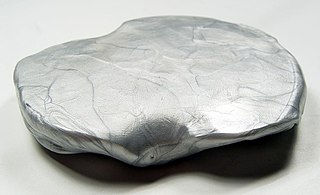
Silly Putty is a toy containing silicone polymers that have unusual physical properties. It can flow like a liquid, bounce and can be stretched or broken depending on the amount of physical stress to which it is subjected. It contains viscoelastic liquid silicones, a type of non-Newtonian fluid, which makes it act as a viscous liquid over a long period of time but as an elastic solid over a short time period. It was originally created during research into a potential rubber substitutes for use by the United States in World War II.

Epoxy is the family of basic components or cured end products of epoxy resins. Epoxy resins, also known as polyepoxides, are a class of reactive prepolymers and polymers which contain epoxide groups. The epoxide functional group is also collectively called epoxy. The IUPAC name for an epoxide group is an oxirane.
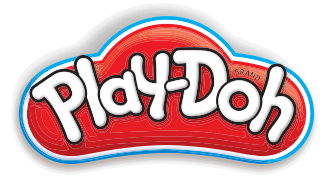
Play-Doh or also known as Play-Dough is a modeling compound for young children to make arts and crafts projects. The product was first manufactured in Cincinnati, Ohio, United States, as a wallpaper cleaner in the 1930s. Play-Doh was then reworked and marketed to Cincinnati schools in the mid-1950s. Play-Doh was demonstrated at an educational convention in 1956 and prominent department stores opened retail accounts.
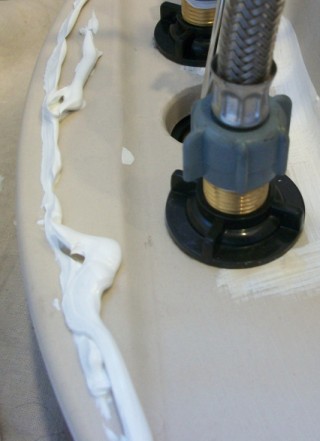
Caulk or caulking is a material used to seal joints or seams against leakage in various structures and piping.

Putty is a material with high plasticity, similar in texture to clay or dough, typically used in domestic construction and repair as a sealant or filler. Although some types of putty slowly polymerise and become stiff, many putties can be reworked indefinitely, in contrast to other types of filler which typically set solid relatively rapidly.
Klipsch Audio Technologies is an American loudspeaker company based in Indianapolis, Indiana. Founded in Hope, Arkansas, in 1946 as 'Klipsch and Associates' by Paul W. Klipsch, the company produces loudspeaker drivers and enclosures, as well as complete loudspeakers for high-end, high-fidelity sound systems, public address applications, and personal computers.
Bondo is a polyester putty product originally marketed as an automotive body filler. Nowadays the brand name is used by 3M for a line of American-made products for automotive, marine and household repairs. The term Bondo is trademarked by 3M, but is commonly used to refer to any brand of automotive repair putty due to its popularity. It is also used by sculptors.
Ultra-high-molecular-weight polyethylene is a subset of the thermoplastic polyethylene. Also known as high-modulus polyethylene (HMPE), it has extremely long chains, with a molecular mass usually between 3.5 and 7.5 million amu. The longer chain serves to transfer load more effectively to the polymer backbone by strengthening intermolecular interactions. This results in a very tough material, with the highest impact strength of any thermoplastic presently made.

Powder coating is a type of coating that is applied as a free-flowing, dry powder. Unlike conventional liquid paint, which is delivered via an evaporating solvent, powder coating is typically applied electrostatically and then cured under heat or with ultraviolet light. The powder may be a thermoplastic or a thermosetting polymer. It is usually used to create a thick, tough finish that is more durable than conventional paint. Powder coating is mainly used for coating of metal objects, particularly those subject to rough use. Advancements in powder coating technology like UV-curable powder coatings allow for other materials such as plastics, composites, carbon fiber, and medium-density fibreboard (MDF) to be powder coated, as little heat or oven dwell time is required to process them.

Spackling paste or spackle is a putty used to fill holes, small cracks, and other minor surface defects in wood, drywall, and plaster. Typically, spackling is composed of gypsum plaster from hydrated calcium sulfate and glue.
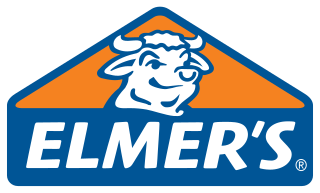
Elmer's Products, Inc. or simply Elmer's, is an American-based company that has a line of adhesive, craft, home repair, and office supply products. It is best known as the manufacturer of Elmer's Glue-All, a popular PVA-based synthetic glue, in addition to other brands including Krazy Glue, ProBond and CraftBond adhesives, and X-Acto cutting tools.

Sealant is a substance used to block the passage of fluids through openings in materials, a type of mechanical seal. In building construction sealant is sometimes synonymous with caulk and also serve the purposes of blocking dust, sound and heat transmission. Sealants may be weak or strong, flexible or rigid, permanent or temporary. Sealants are not adhesives but some have adhesive qualities and are called adhesive-sealants or structural sealants.

Colorforms is a creative toy named for the simple shapes and forms cut from colored vinyl sheeting that cling to a smooth backing surface without adhesives. These pieces are used to create picture graphics and designs, which can then be changed countless times by repositioning the removable color forms. The name also refers to the specific registered trademark brand these products are produced under, as well as the company that manufactures the toys, Colorforms Brand, LLC.
Milliput is a UK-based brand of epoxy putty used by modellers, and also for household and restoration applications. Created in 1968 by Jack and Lena Rickman, Milliput was initially marketed for use in DIY and car body repair projects. In 1970, the company realised that the material was used to sculpt models, and started to steer their product towards the modelling market.
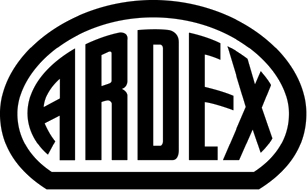
ARDEX GmbH is a manufacturer of special materials for the building trade with its global headquarters based in Witten, Germany. The company is operated as an independent family-owned business by Mark Eslamlooy, CEO ARDEX Group and CEO of ARDEX Germany. In 2018, the ARDEX Group, represented by 18 successful brands, made a turnover of €850 million with 3,300 staff.
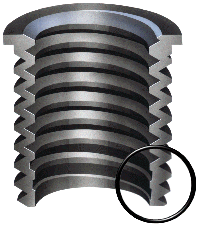
A threaded insert, also known as a threaded bushing, is a fastener element that is inserted into an object to add a threaded hole. They may be used to repair a stripped threaded hole, provide a durable threaded hole in a soft material, place a thread on a material too thin to accept it, mold or cast threads into a work piece thereby eliminating a machining operation, or simplify changeover from unified to metric threads or vice versa.

Fibes Drum Company was a US musical instrument manufacturing company that produced drum kits. Founded in 1966, it was acquired by guitar manufacturing company C.F. Martin in 1970 which it sold the Fibes assets to Jim Corder in 1979, who subsequently established his own company, Corder Drums. The "Fibes" name was sold to another party, remaining for a brief time as a drum stick brand, which use ceased in 1994.
Explosive materials are produced in numerous physical forms for their use in mining, engineering, or military applications. The different physical forms and fabrication methods are grouped together in several use forms of explosives.
Hairstyle products are used to change the texture and/or shape of hair.

Estrogenic substances, also referred to as natural estrogens and sold under the brand name Amniotin among others, is an estrogen medication which was marketed in the 1930s and 1940s and is no longer available. It was a purified extract of animal material such as horse urine, placenta, and/or amniotic fluid, and contained a non-crystalline mixture of estrogens, including estrone, 17β-estradiol, 17α-estradiol, and/or equilin. The medication was thought to contain estrone as its major active ingredient and was described as an estrone-like preparation, or as "essentially estrone". Estrogenic substances was originally produced from the urine of pregnant women, placenta, and/or amniotic fluid, but by the early 1940s, it was manufactured exclusively from the urine of stallions or pregnant mares, similarly to almost all other estrogen preparations on the market.












